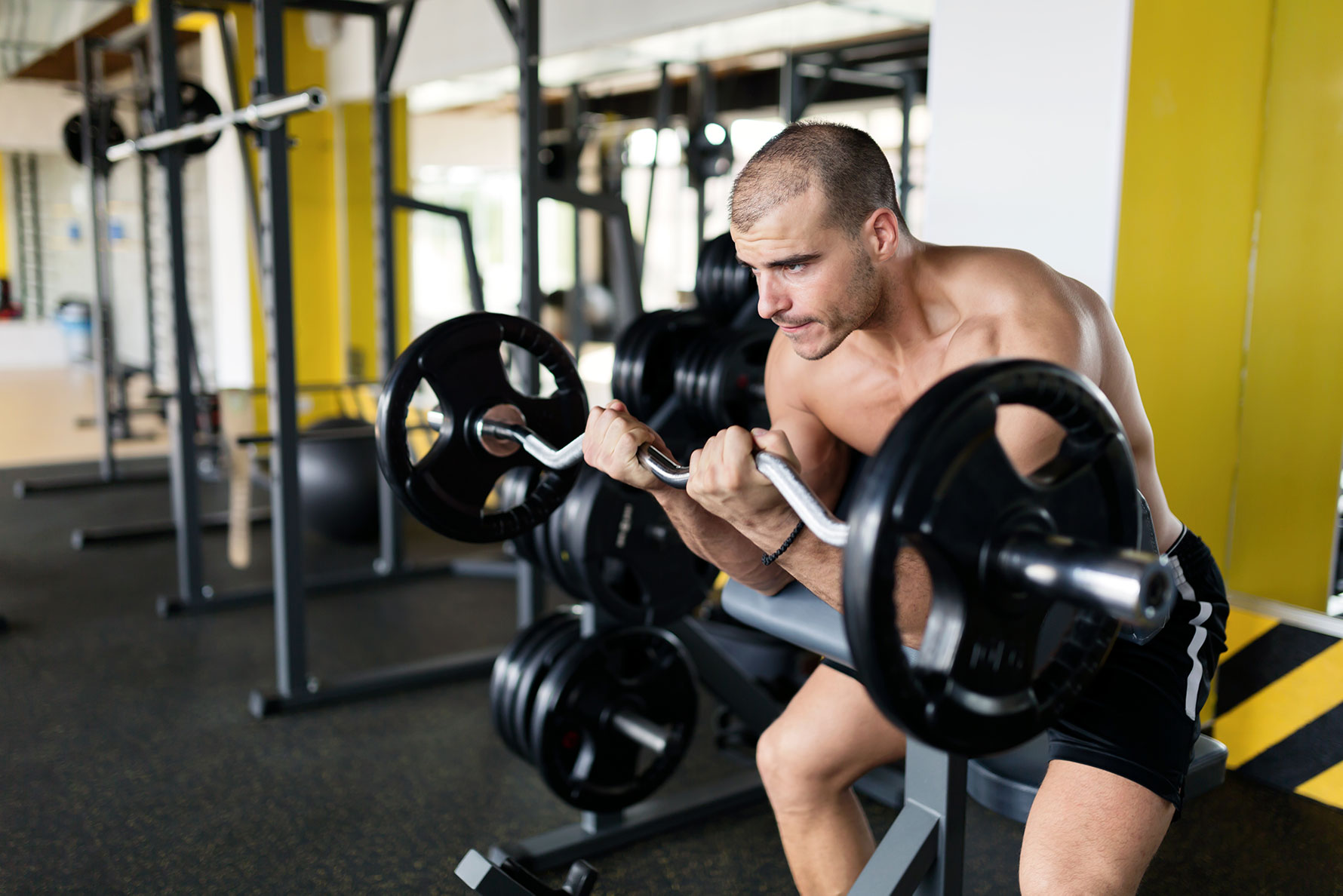Last Updated on
The cult of strength, muscularity has existed for a long time, confirmation of this is easy to find, for example, in the culture of Ancient Greece. Legends about the exploits of heroes who possessed remarkable power belong to this period. At the same time, the first dumbbells appear – attributes for the development of the strength of athletes. Herodotus also described the basic principle of strength training in the life story of Milo of Croton: an athlete daily carried a calf on his shoulders, which gradually became an adult bull.
The peak of popularity of this trend came in the 1980s, it is associated with the name of the famous bodybuilder, actor Arnold Schwarzenegger.
Now strength training is included in the workout plan of athletes and is available to visitors to gyms.
What is Strength Training?
Most often, strength, or anaerobic, is called bodyweight and resistance training aimed at increasing muscle strength. At the same time, energy consumption is anaerobic – due to muscle glycogen, without the participation of oxygen.
There are sports that focus on strength training. These include, for example, weightlifting, discus throwing, bodybuilding, shot put. Strength training is also used by representatives of team sports (for example, football, basketball, rugby, volleyball), because such training develops strength endurance.
Intelligence officers (army, police, firefighters) also use strength training in workout programs.
Ordinary gym goers choose strength training to change their body, make it fit, expressive, and improve health.
Principles of Strength Training
In strength training, the following are important:
- variations in the number of repetitions of exercises and approaches;
- the pace of exercise;
- manipulation of weight, creating a workload;
- a training plan based on the trainee’s goal.
Point Effect
During strength training, only the muscles that you load work, develop, grow. A plan is needed to address all major muscle groups. There must be a recovery break (one to two days) between workouts on the same muscles. If during a lesson you perform a full range of exercises for all muscle groups, then you cannot train every day. If on one day you train only the upper or lower body, then you can do it every day – provided that the workouts are alternated.
Constant Tension
For muscles to work, they need to be tense. Additional equipment helps to create the necessary tension during anaerobic load: weight equipment such as dumbbells or barbells, exercise equipment, expander. Some exercises are performed with resistance to your own body weight, such as push-ups or pull-ups.
Working at the Limit
When strength training, muscles must be loaded in the truest sense of the word. By increasing working weights, you stimulate the muscles to work in an enhanced mode, they have no time to get used to or relax.
How to choose the weight? It is necessary that in each approach you can repeat the movement 12-15 times, and then, gradually increasing the working weight, reduce the number of repetitions to 6-8. It is important that the last repetitions are given with effort, be a challenge to overcome.
The need to adapt to increasing stress makes the muscles grow! After intense workouts, the muscles receive microtraumas, and the body recovers them “with a reserve”. The increase in muscle fibers is called hypertrophy.

Strength Training and Fitness
Strength training is part of most fitness programs for effective fat burning, as well as a tool for shaping the body. Strengthening the muscle corset is accompanied by a “tightening effect”, has a positive effect on health. But building muscle volume through fitness is an impossible task.
The inclusion of anaerobic activity in fitness programs leads to an acceleration of metabolism (active metabolism). This ensures a decrease in the percentage of fat mass: weight loss does not occur during exercise, but during recovery after it and in everyday life.
Benefits of Strength Training
Suitable for various trainees’ goals (weight loss, strength development, endurance, bodybuilding).
By acting on certain muscle groups, they help to correct the figure.
They strengthen not only muscles, but also tendons, ligaments, bones. This helps us to move correctly, avoid injury, and reduce the risk of joint diseases.
Contraindications
Before doing strength training, adequately assess your own health, take into account possible limitations.
Strength training has no absolute contraindications. Even a child’s age is not an obstacle to training, provided that a trainer supervises and controls the technique of performing exercises. Actually, children get acquainted with basic strength exercises already in elementary school.
When is a Doctor’s Consultation Required?
- Pregnancy (especially the second, third trimesters)
- Various diseases of the heart, cardiovascular system (arrhythmia, high blood pressure, tachycardia, etc.)
- Various diseases and injuries of the musculoskeletal system
- Infections, inflammations with high fever
- Serious diseases, spinal injuries
- The period after surgery
- Phlebeurysm
- Thrombosis
- Haemorrhoids

Do I Need a Personal Trainer?
Are you serious about fitness and strength training? An experienced trainer will help you achieve results faster. And it will save health, which is easy to harm with thoughtless loads and clumsy exercises.
- The trainer will assess your physical fitness, take into account your body type, and help you clearly formulate the goals of the classes.
- The trainer will create an individual training plan for you. Will correlate your needs with the peculiarities of work and recovery of different muscle groups. Will recommend how many times a week to practice.
- In strength training, exercise technique and breathing are of great importance. The trainer will explain “how to do it right”, will follow the rhythm and technique during the lessons.
- There is an opinion that strength training is monotonous and boring, but an experienced trainer will correct the load in time, suggest alternative training options.
- Scientific research has confirmed that having a professional partner has a positive effect on the effectiveness of training. It will help to put the weight on, cheer you up, encouraging you to take action.
Conclusion
Strength training in its purest form is the lot of athletes, powerlifters, bodybuilders. But a competent combination of anaerobic loads with coordination exercises, stretching, cardio exercise allows you to effectively burn fat, emphasizing the relief of the body. Depending on the proportion of strength exercises in the program, the intensity of their performance, the number of repetitions, the focus on different muscle groups, different types of training are formed.
